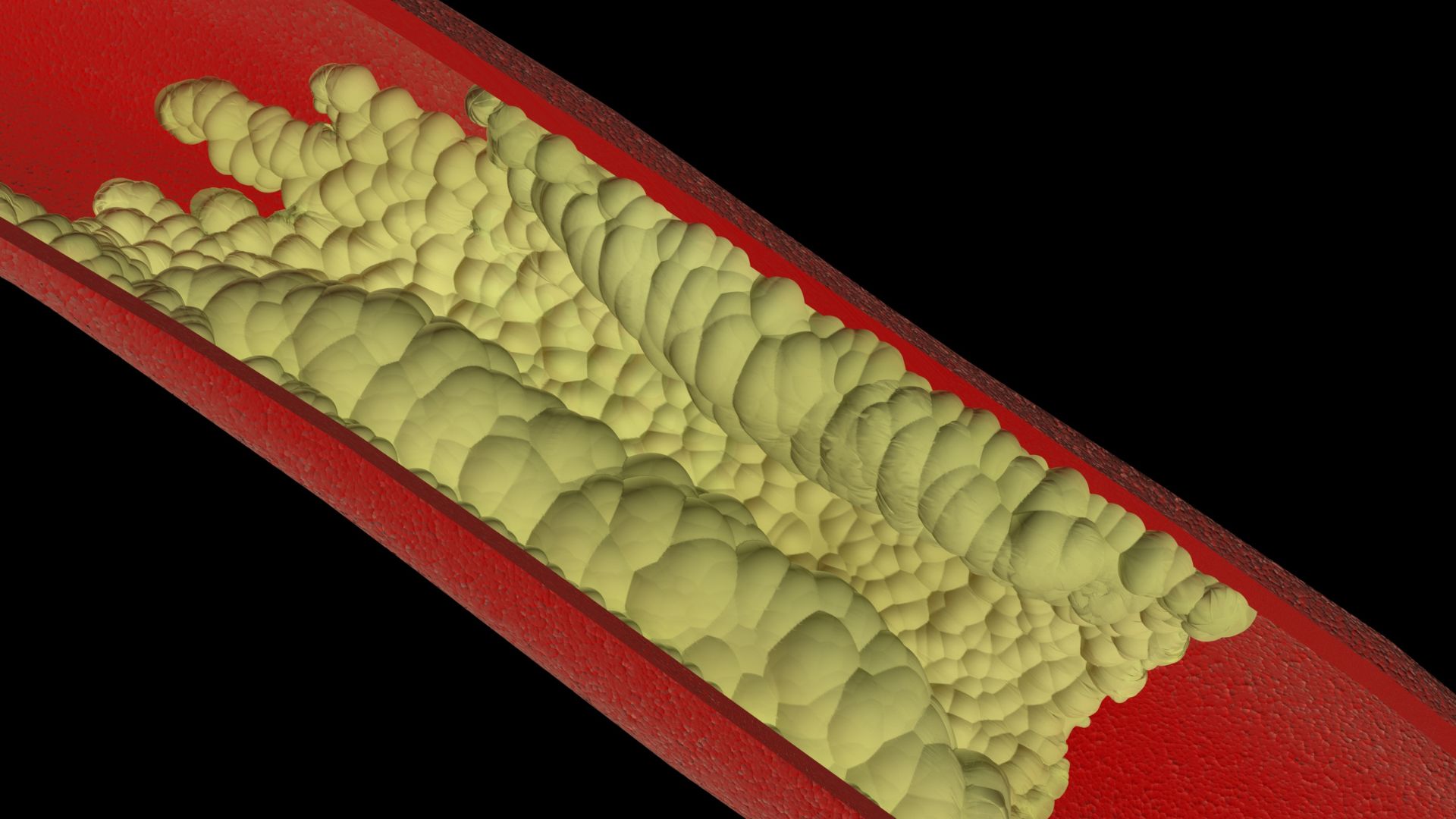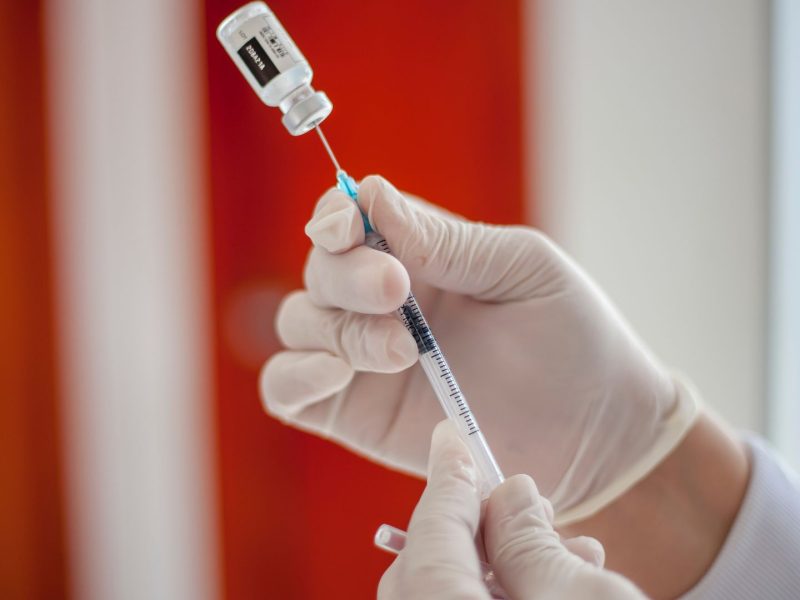As a doctor, I often see patients who are unaware of the serious health risks associated with arterial plaque in the legs, a condition medically known as Peripheral Artery Disease (PAD). Many people ignore leg pain or cramping, thinking it’s just a part of aging or physical exertion. But in reality, these symptoms could be warning signs of something more serious—blocked arteries in the legs caused by plaque buildup.
What is Arterial Plaque in the Legs?
Arterial plaque is made up of fatty deposits, cholesterol, calcium, and other substances that accumulate along the inner walls of arteries. When this buildup occurs in the arteries of the legs, it reduces blood flow to the lower extremities, leading to poor circulation and, in severe cases, tissue damage or even limb loss.
Early Warning Signs of Arterial Plaque in the Legs
One of the most common symptoms of PAD is intermittent claudication—pain or cramping in the legs that occurs with activity and goes away with rest. Other signs include: ✔️ Numbness or weakness in the legs. ✔️ Coldness in the lower leg or foot, especially when compared to the other leg. ✔️ Sores on the toes, feet, or legs that won’t heal. ✔️ Shiny skin or slower hair growth on the legs and feet. ✔️ Weak or absent pulse in the legs or feet.
Why is Arterial Plaque in the Legs Dangerous?
PAD is not just about leg discomfort—it’s a serious cardiovascular condition. Here’s why arterial plaque in the legs is dangerous:
1. Increased Risk of Heart Attack and Stroke
Arterial plaque in the legs often indicates widespread atherosclerosis—the hardening and narrowing of arteries throughout the body. This dramatically increases your risk of heart attack, stroke, and other cardiovascular diseases.
2. Critical Limb Ischemia (CLI)
When blood flow becomes severely restricted, it can lead to CLI, a painful and potentially limb-threatening condition. Without treatment, this may result in tissue death and the need for amputation.
3. Reduced Mobility and Quality of Life
Chronic leg pain and fatigue can make walking or even standing difficult. Over time, this leads to reduced independence, less physical activity, and a lower quality of life.
4. Delayed Wound Healing and Risk of Infection
Poor circulation means that even small cuts or blisters on your feet can take a long time to heal. This makes infections more likely, especially for people with diabetes.
How is Arterial Plaque in the Legs Diagnosed?
If you experience any of the symptoms mentioned, your doctor may perform: ✔️ Ankle-Brachial Index (ABI) – A quick, non-invasive test comparing blood pressure in your ankle and arm. ✔️ Ultrasound or Doppler imaging – To assess blood flow in the arteries. ✔️ Angiography – Imaging that uses dye and X-rays to look at blood vessels.
Treatment and Prevention
The good news is that PAD can often be managed or even reversed with the right care: ✔️ Lifestyle changes – Stop smoking, eat a heart-healthy diet, and exercise regularly. ✔️ Medications – To control blood pressure, cholesterol, and blood sugar levels. ✔️ Surgical options – In severe cases, procedures like angioplasty or bypass surgery may be necessary.
Final Thoughts
Arterial plaque in the legs is more than just a circulation issue—it’s a sign of underlying cardiovascular disease that demands attention. If you’re experiencing unexplained leg pain or changes in your feet, don’t ignore it. Early detection and treatment can make all the difference in protecting your heart and preserving your mobility.
Have you or someone you know dealt with PAD? Feel free to share your experience or ask questions below!



